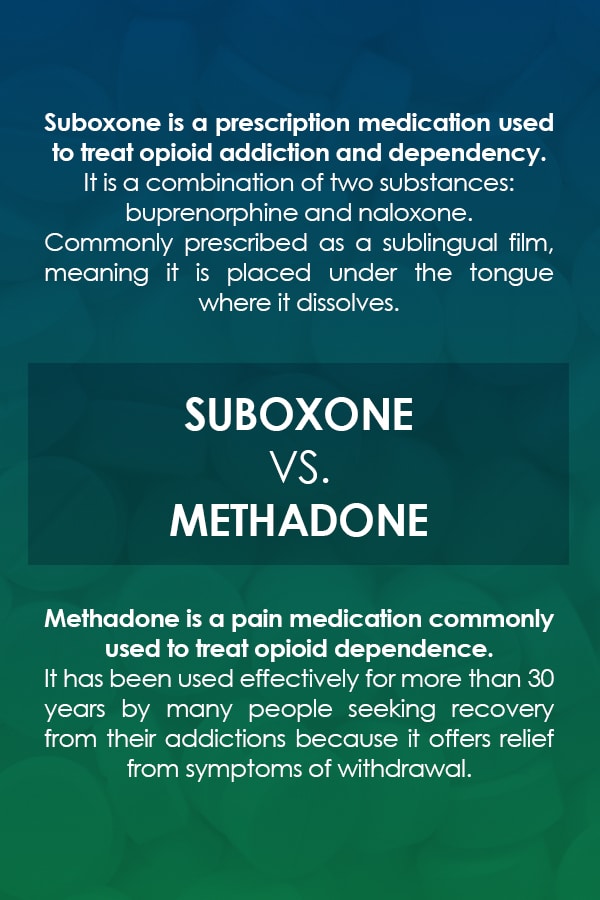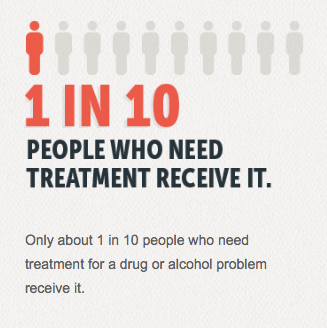Personality conditions are unique, longstanding, prevalent patterns of habits, which typically start early in life. Personality conditions tend to affect nearly every element of an individual, such as believing, feeling, perceiving, and relating to others, with aggravating cycles of self-defeating and maladaptive habits. The majority of theorists and scientists see psychopathy as the outcome of interactions in between biological differencesprimarily situated in the brain (Anderson et al.
2001) and the most early and basic experiences that shape the personality, such as the experience of bonding, attachment, and concern for others (Hare 1996). Psychopathy is expressed in methods of thinking (spontaneous, reckless, and grandiose) and sensation (without compassion and shallow) that generally lead to habits that seriously infringe on the rights of others.
Although they can be glib and lovely, people with psychopathy have a shallow and short lived ability to experience, reveal, and understand social emotions such as humiliation, self-consciousness, shame, guilt, pity, and regret. This affective-interpersonal deficit frequently is expressed in the type of cold and callous use of other individuals without regard for their sensations or wellness.
The PCL-SV and other instruments for taking a look at psychopathy are talked about in more detail in chapter 2. what order do you do addiction treatment. All other things being equal, individuals who are low in psychopathy can be expected to respond favorably to compound abuse treatment in the criminal justice system and to significantly minimize their criminal behavior http://charlieslgz729.tearosediner.net/h1-style-clear-both-id-content-section-0-7-easy-facts-about-how-to-talk-to-employer-discretely-about-needing-treatment-for-addiction-explained-h1 as the result of this treatment.
Individuals high in psychopathy need the most extensive in-prison and community guidance and monitoring. Extensive treatments that engage the client in deep psychological processing, that need "working through" life experiences to develop insight, or that stress the development of social abilities for their own sake need to Drug Rehab Facility be prevented for this group.
All self-reported elements of neighborhood adjustment should be thoroughly supported by first-hand observation or reported by an independent 3rd party, including, for example, participation at required programming, status of living conditions, type and hours of work, criminal background of close partners, and use of leisure time. Offenders with serious psychopathy tend to do inadequately in treatments of all types, when compared to those without extreme psychopathy.

Excitement About What Is Holistic Treatment For Drug Addiction
2000; Reiss et al. 1999, 2000). Simply put, treatment may be contraindicated for transgressors with serious psychopathy. Individuals high in psychopathy need the most intensive in-prison and community guidance and tracking. Treatment should be restricted to practical regression avoidance activities, consisting of relapse to unlawful or seriously self-defeating types of manipulation and exploitation of others, with increased monitoring for substance abuse.
The effective implementation of a treatment strategy depends, to an excellent level, on the customer's motivation and readiness for modification. Motivation level has actually been discovered to be a crucial predictor of treatment compliance, dropout, and result, and is helpful in making recommendations to treatment services and in identifying prognosis (Ries and Ellingson 1990).
Nevertheless, this view is extremely simple, considering that inspiration can be affected by lots of elements consisting of the threat of sanctions or the promise of benefits for treatment engagement (such as decreased jail time, access to needed services, or transfer to a desired reformatory where the treatment will occur). Motivation and preparedness for treatment are anticipated to change gradually, and individuals often cycle through several predictable "phases of change" throughout the treatment and healing procedure.
( See chapter 3 for a discussion of the stages.) A number of attempts have actually been made to link the preparedness to change technique to a compound abuse-specific design that includes "phases" of healing. Each stage of recovery is typified by a characteristic level of inspiration, typically reflected in engagement with treatment and with specific recovery-related activities.
1995). Assessment of treatment readiness and stage of change works in treatment planning and in matching the transgressor to various kinds of treatment. For example, matching culprits to treatment that is suitable to their current stage of change is most likely to boost treatment compliance and results. For people in the early phases Mental Health Delray of modification, positioning in treatment that is too advanced which does not deal with uncertainty relating to behavior change may cause early termination from the program.
Personnel associated with treatment preparation ought to beware to assess the culprit's phase of change and readiness for compound abuse treatment and to consider this information when establishing treatment plan goals. Continuous evaluation of readiness for treatment can be offered through usage of self-report instruments, focused conversation with the customer, observation of the customer within a treatment program, and review of collateral reports from treatment staff, criminal justice staff, and relative.
Fascination About What Is The Treatment For Alcohol Addiction
Remarkably, people who explain in words the best desire for treatment might not have more than a vague sense of their own motivation to get away the unfavorable consequences they are presently experiencing, such as imprisonment, financial obligation, or disease. Nevertheless, staying focused on the favorable repercussions and benefits of healing is a vital aspect of the healing process.
Inspirational speaking with techniques, providing feedback to clients on crucial aspects of evaluation findings and progress towards treatment plan goals and intimate participation of the client in the building and construction and revision of the treatment plan are very important ways of improving client engagement in treatment. (For additional information, see TIP 35, Enhancing Motivation for Modification in Substance Abuse Treatment [CSAT 1999b ]) Treatment strategies need to contain a section dealing with inspiration for change.
Nevertheless, remaining concentrated on the favorable repercussions of healing is an essential element of the healing procedure. From the very first point of consumption to the last neighborhood supervision session, promoting and using inspiration must be an in advance element of compound abuse treatment. The strengths-based method to treatment preparation in juvenile justice and adult criminal justice settings has actually been received with interest in lots of quarters. what is the treatment for alcohol addiction.
Strengths can be recognized and utilized in treatment preparation without disregarding deficits or reducing the essential emphasis on responsibility and obligation. Culprits tend to exaggerate or lessen their strengths. Assisting clients in identifying and getting an accurate estimate of their personal strengths ought to stress, however not be limited to, those that relate to healing.
Therapeutic neighborhood settings often identify particular roles within the treatment environment that customers can handle as their strengths and work to establish them further. Other modes of intervention perhaps require to create functions or activities for customers that use their strengths or determine opportunities outside of the program itself.
Determining and working with strengths in the treatment planning process enables the client to be less protective about the recognized deficits and issue locations in the exact same strategy. It is essential, however, that the understanding of the strengths as legitimate and of value be shared amongst the members of the preparation team and with the customer.
Getting The How To Get A Liscense To Start A Buisness For Addiction Treatment To Work

Success of the treatment strategy can be considerably helped by the client's participation in the development of specific objectives and interventions. An example of this procedure is the Customer's Healing Plan (CRP), in usage at the Walden Home program in San Francisco (see Figure 4-1). The customer files his perception of his circumstances, needs, and tendencies, and these are included into the program treatment strategy.